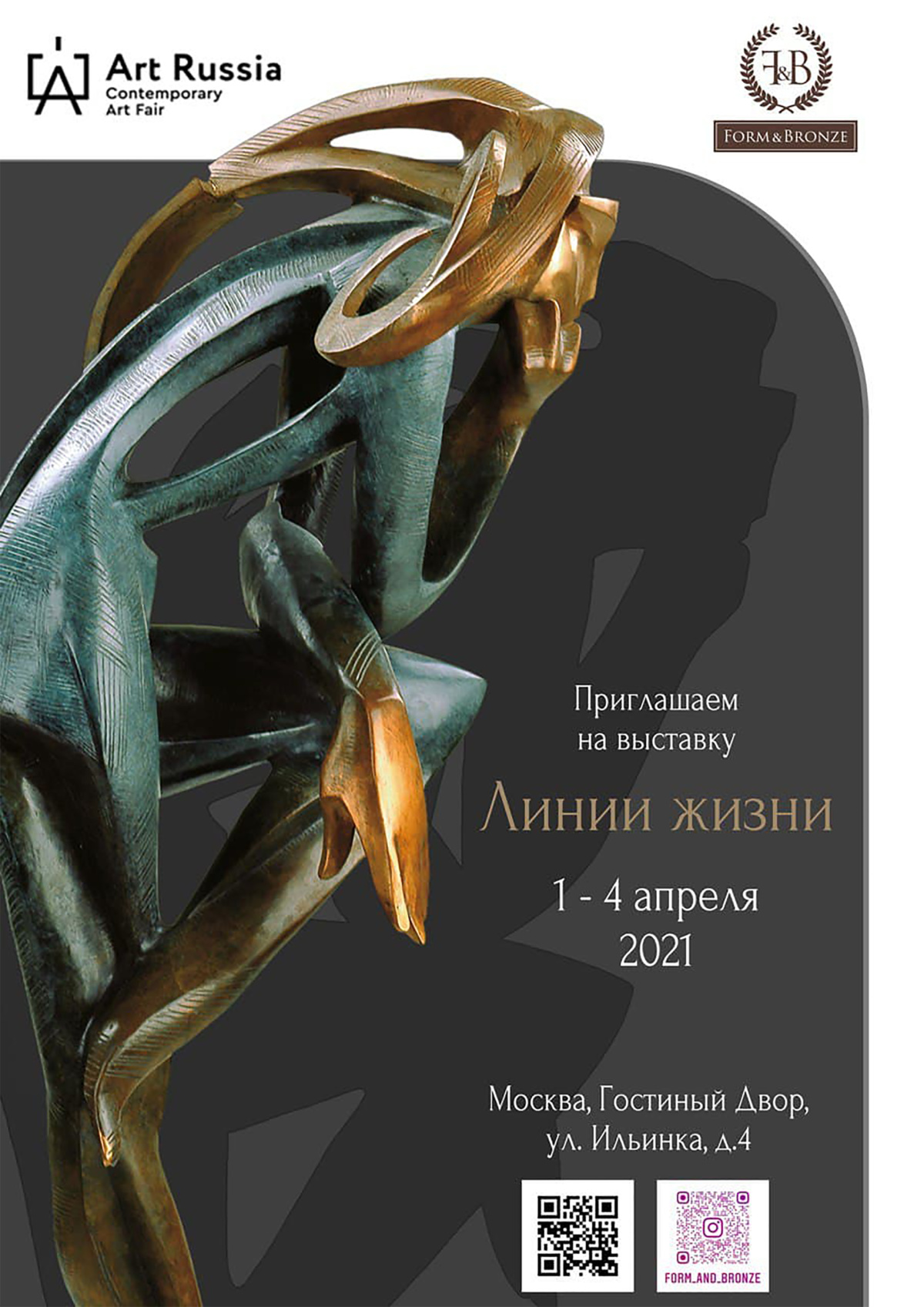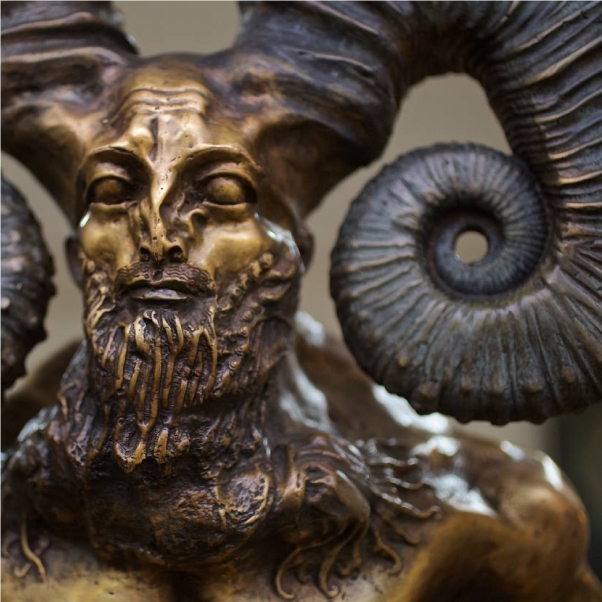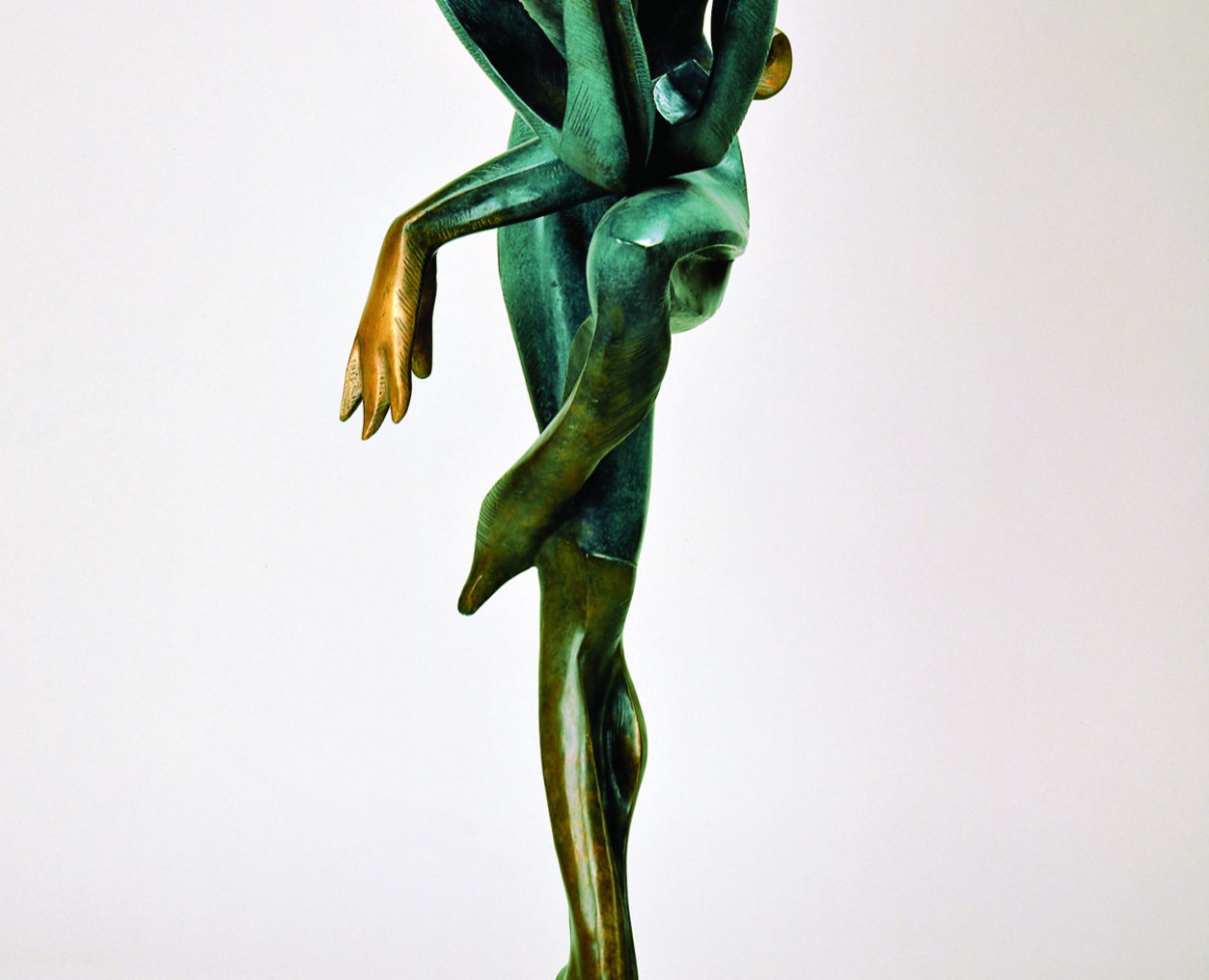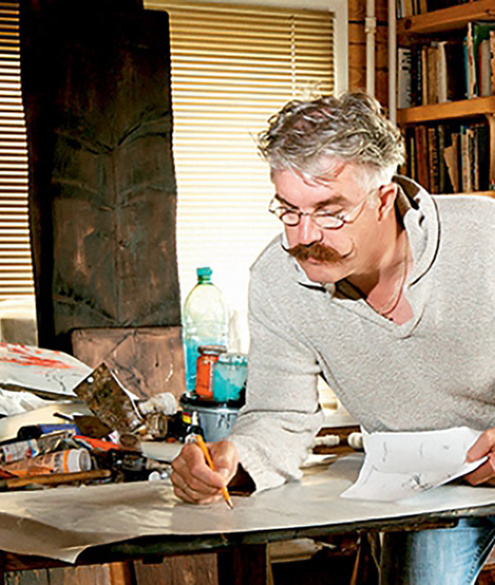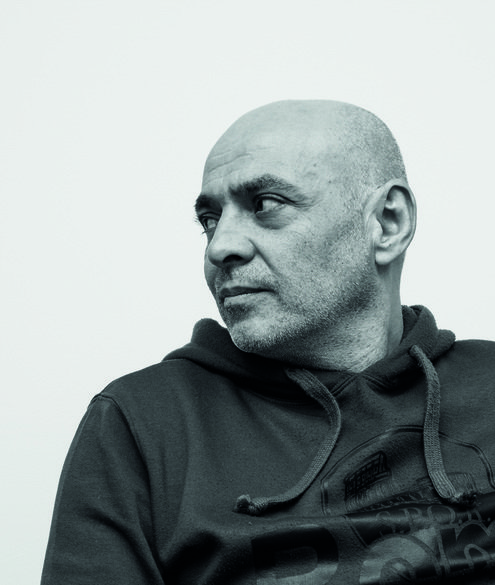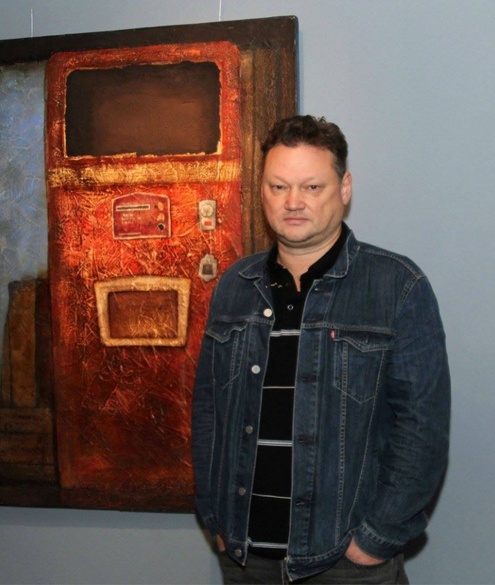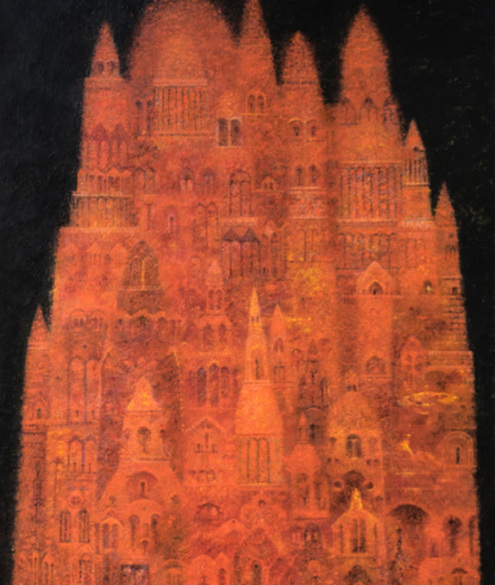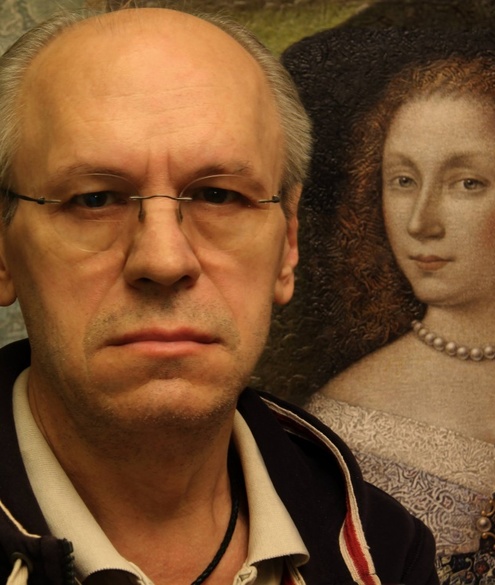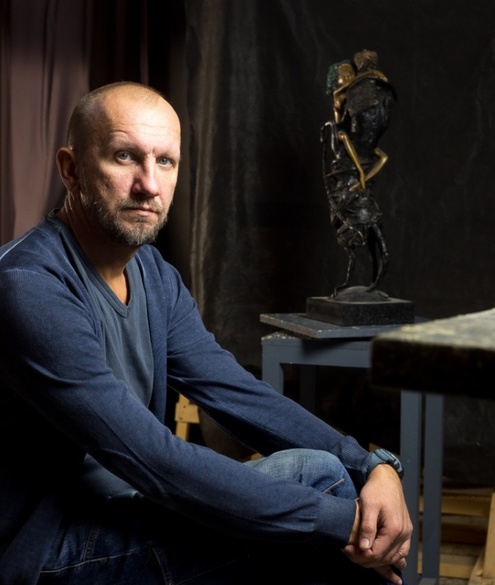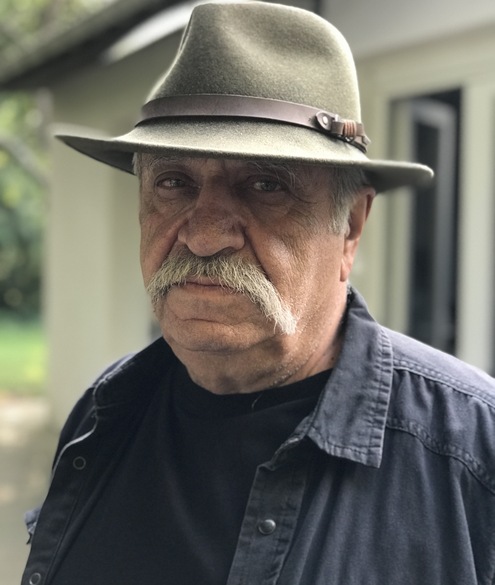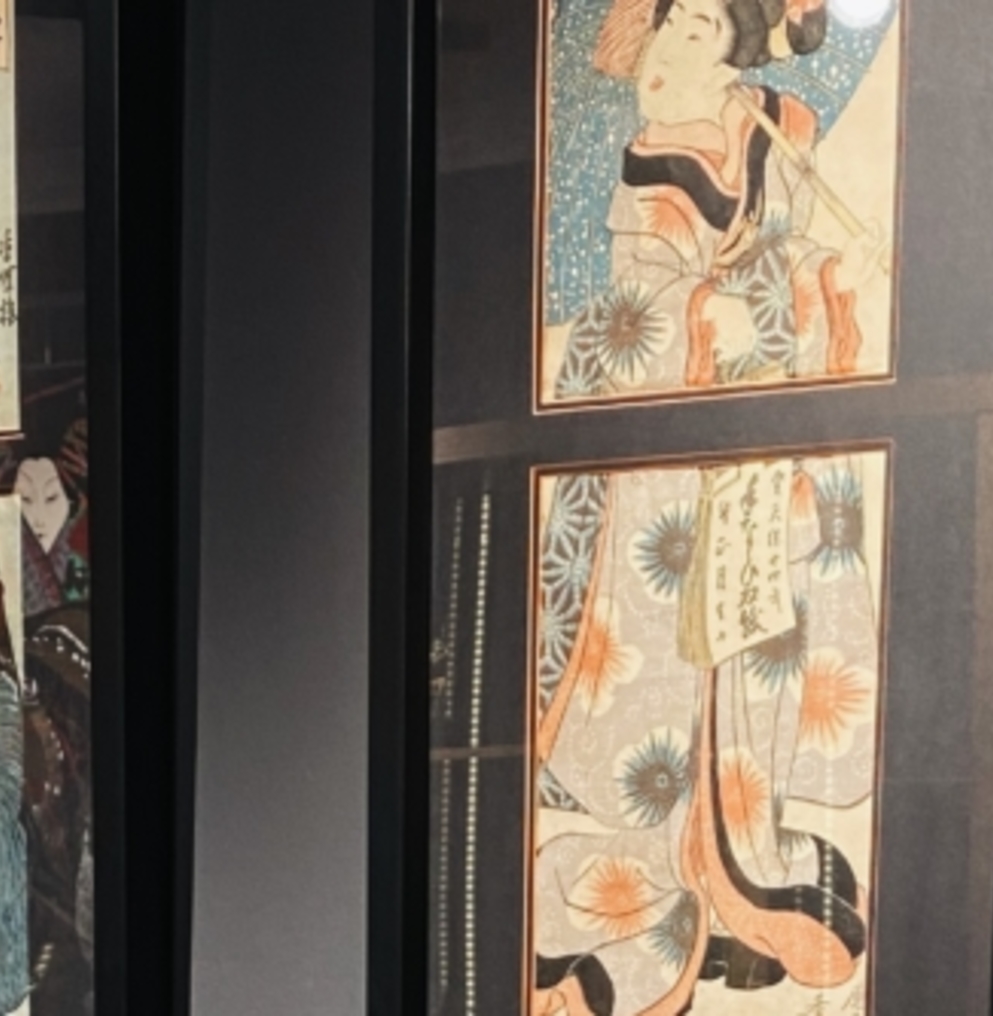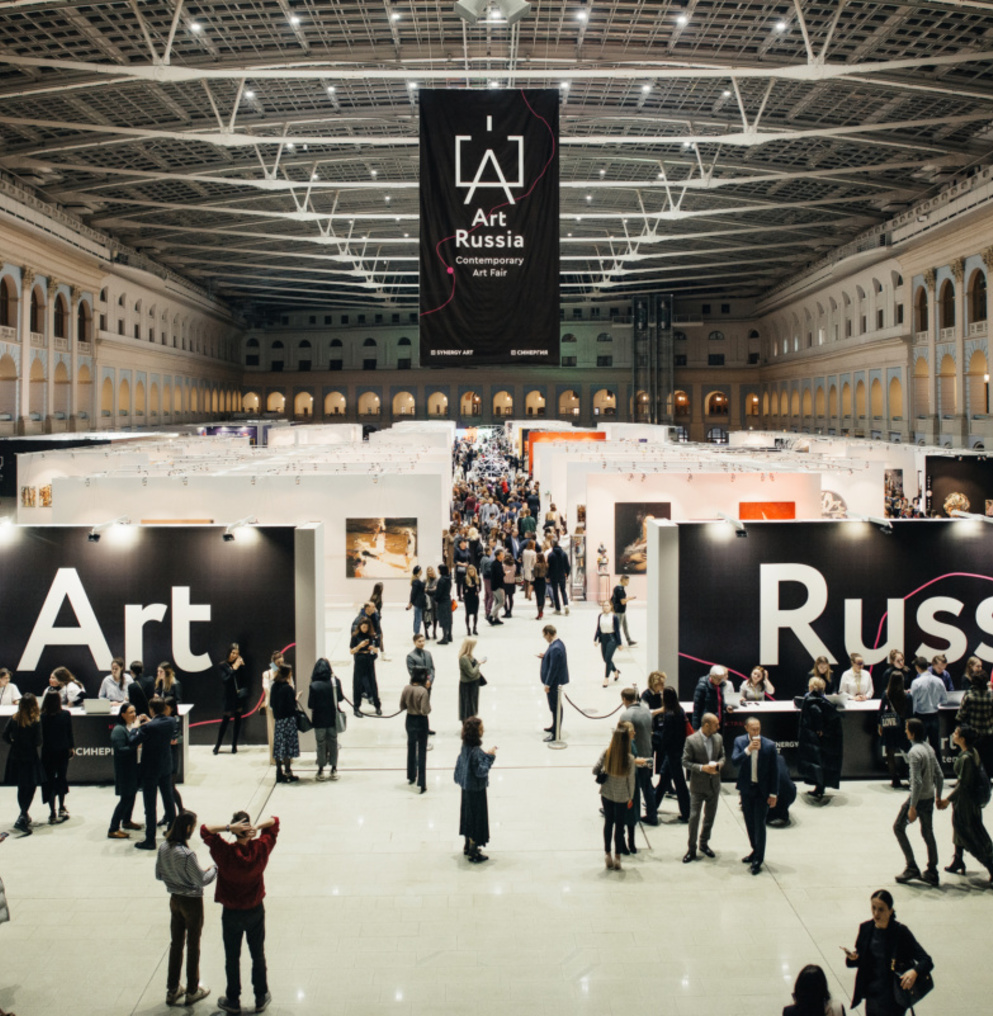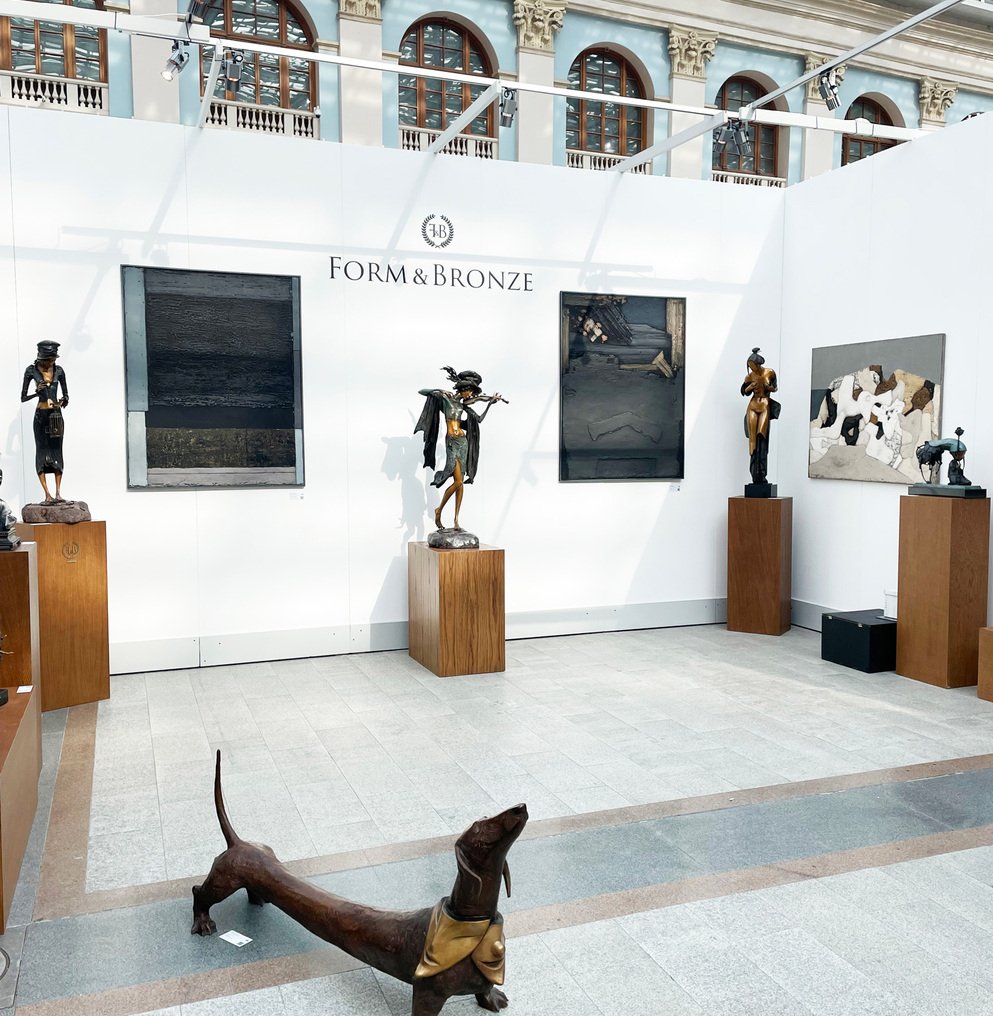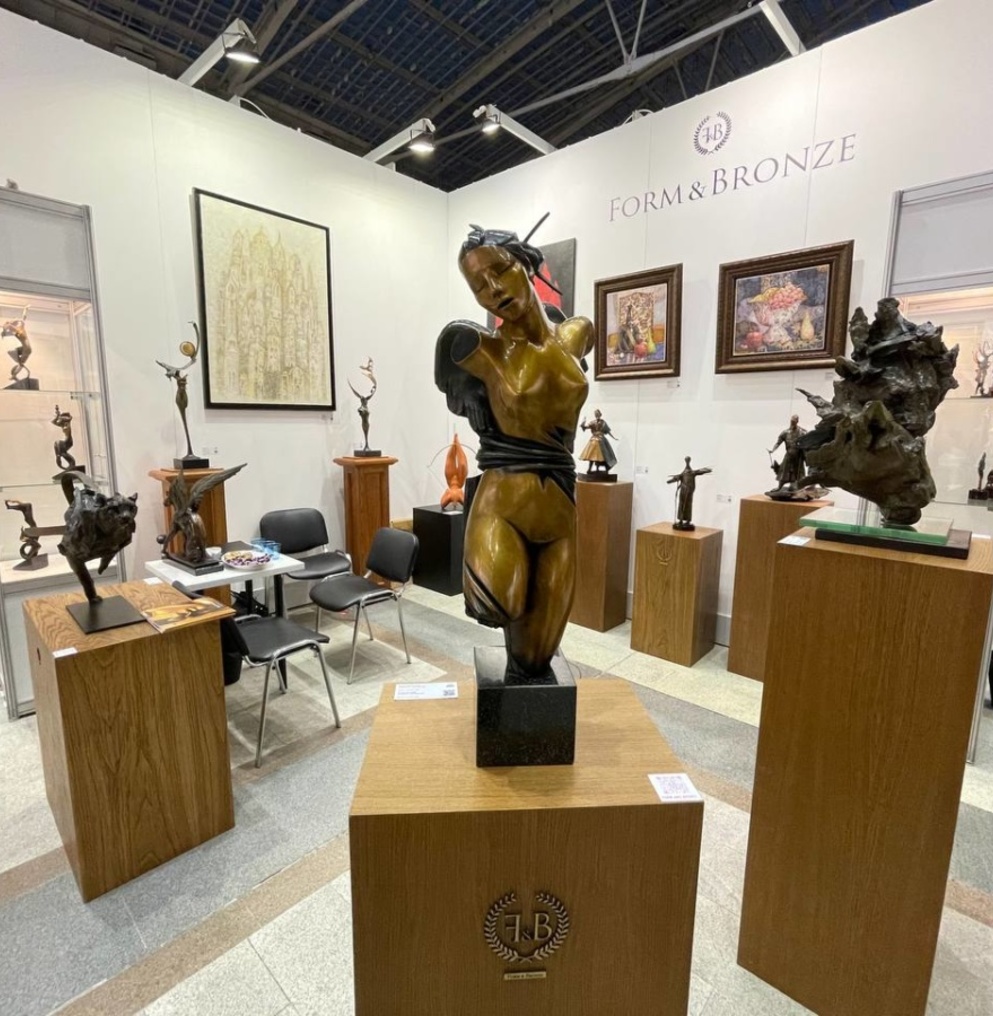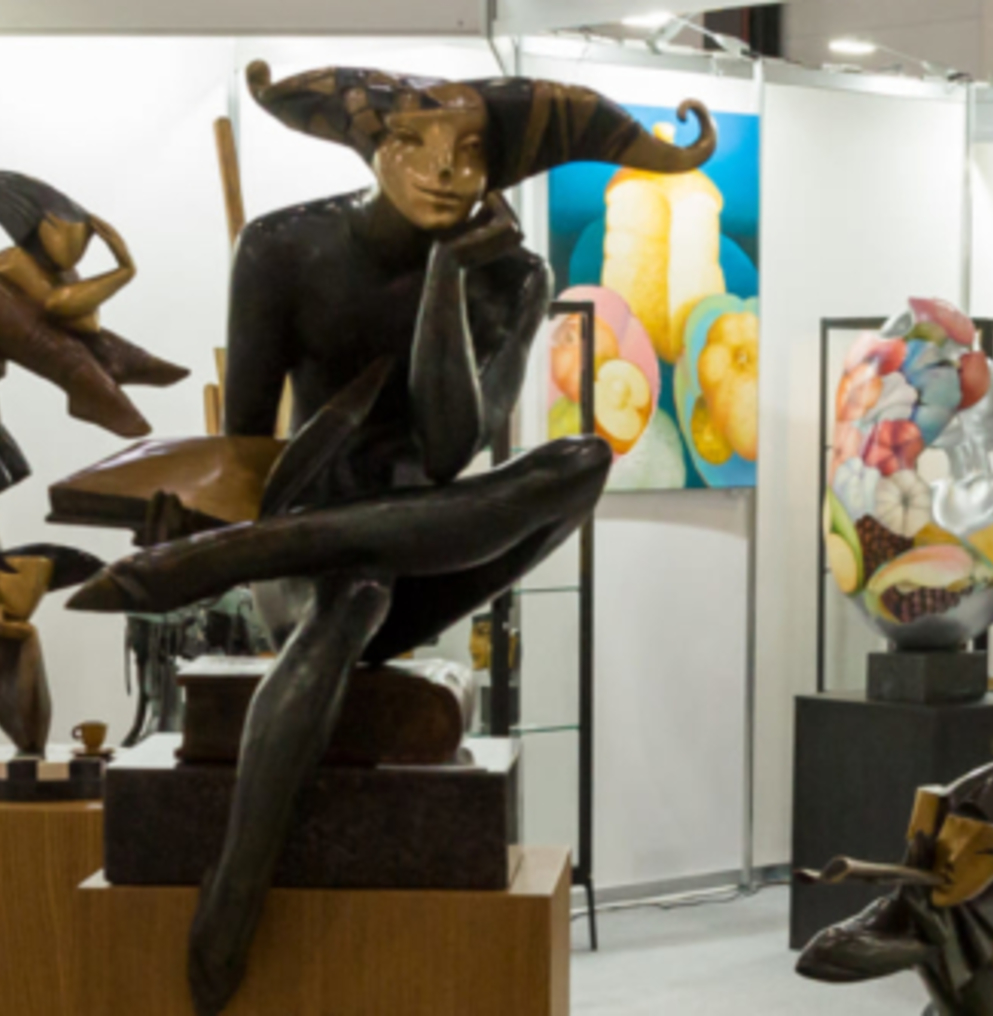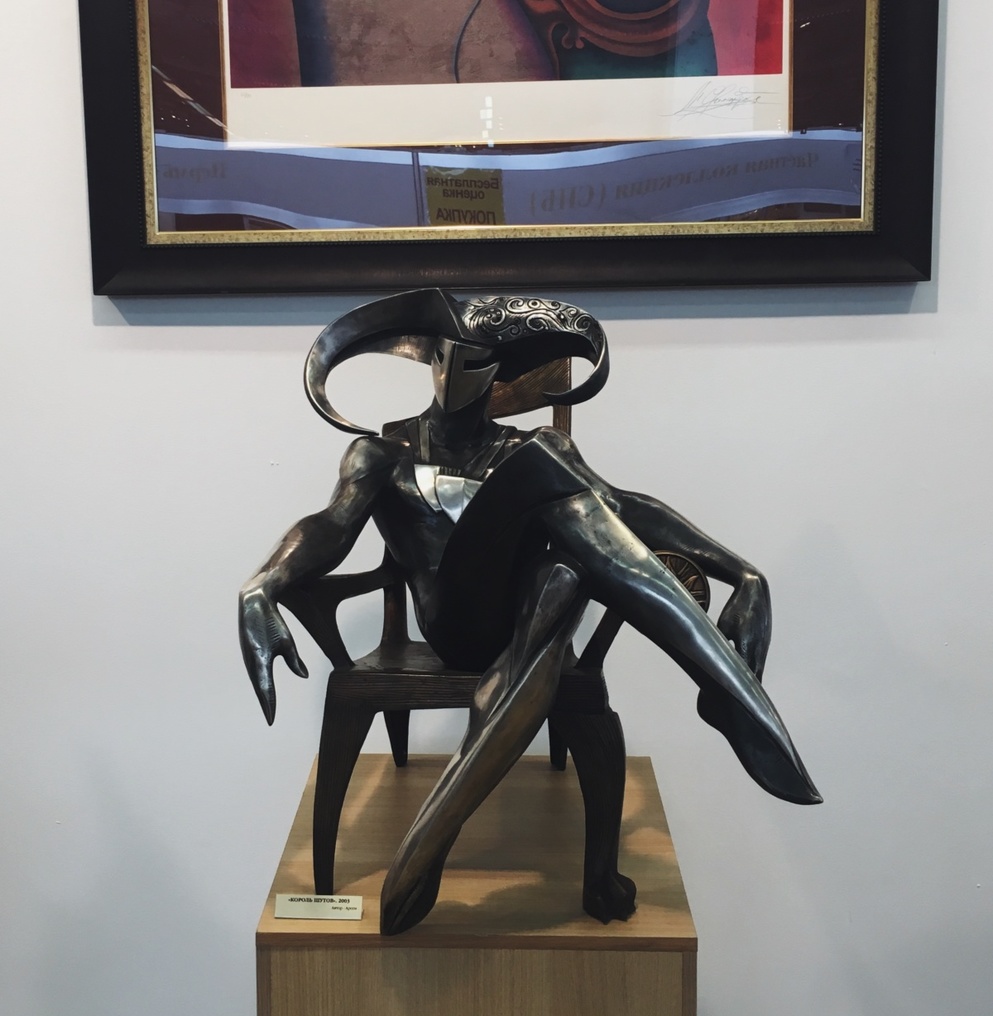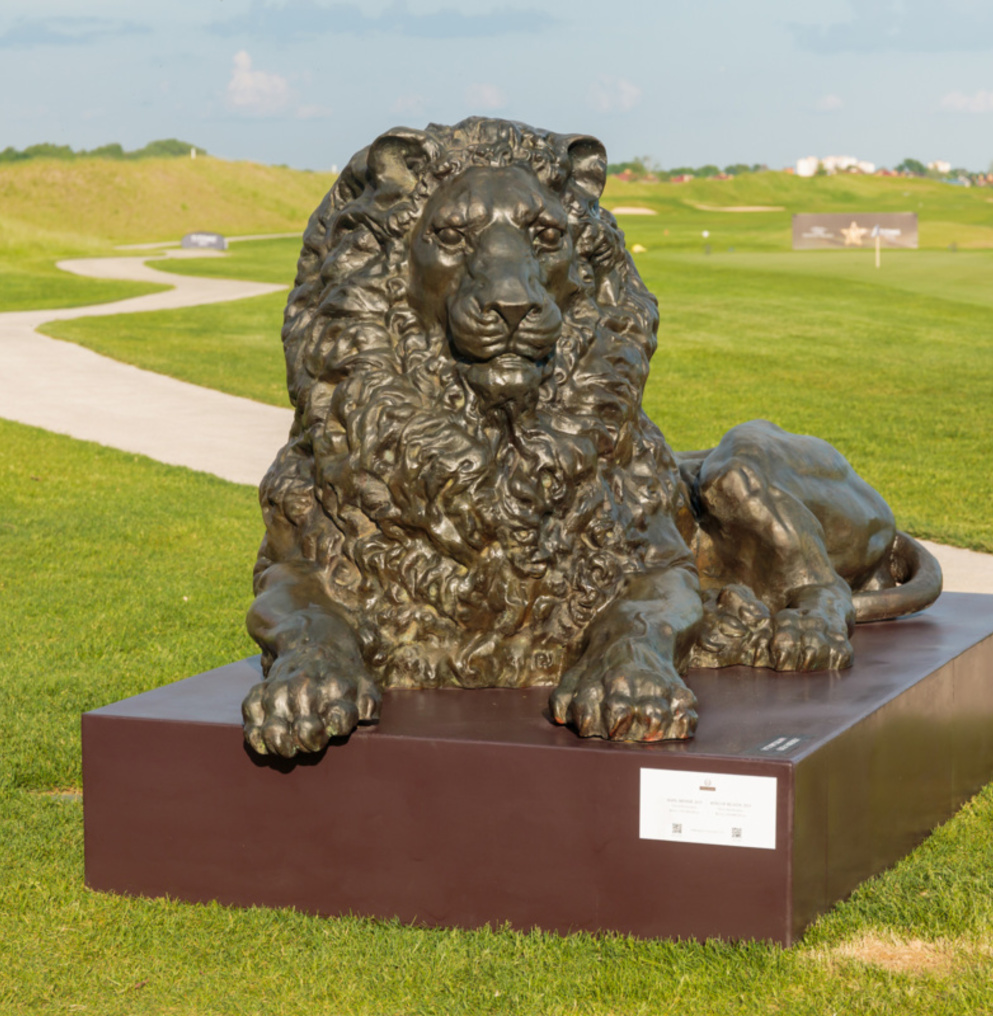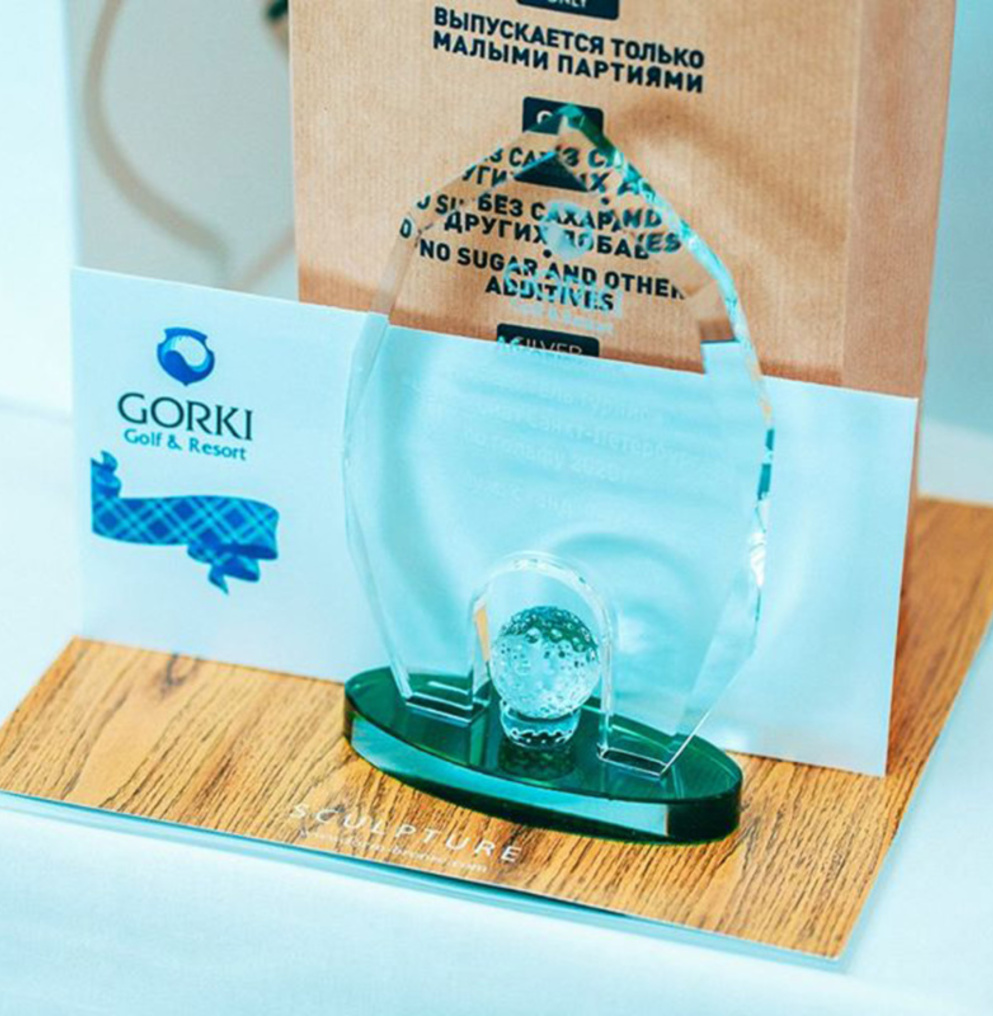The atmosphere of the exhibition “Lines of Life” is defined by the energy of creative life, brought by the works of the St. Petersburg sculptor Arsen Avetissian and his colleagues. Immersed in this atmosphere, one can’t help but wonder: “Is life linear? Is there that conditional trajectory or dotted path that can connect the point of reference with the point of no return?”
The lifeline, as a philosophical category, implicitly or explicitly becomes the leitmotif of artists’ work from time immemorial. When time concentrates the maximum of meanings, experiences, emotions, artists perceive it as a challenge. They generate projects that are able to respond with dignity to the demand of time, no matter how difficult it is.
“Lines of Life” is a collective exhibition project designed to reveal the uniqueness of the creative trajectories of the artists represented at the exposition and to draw parallels between the destinies reflected in their paintings and sculptures.
Arsen Avetissian’s oeuvre and his vivid life path have determined the general orientation of the exhibition, for the line is the main tool of the master. Flying, dynamic, pure, brilliantly traced or captured by the artist, Arsen’s line is in the swift and charming movement, in the graphic precision of his characters’ poses. It is no coincidence that the emblem of the exhibition is the “Thinker” in the guise of the Harlequin. In his pose, in his gesture, in the crossing of his legs and arms concentrated ballet elegance, ephemerally subdued passion, lightness and wisdom of the enigmatic character of Del Arte’s comedy. The silhouettes of the sculptor’s other carnival figures are just as gracefully rendered, magically transforming any space thanks to their intriguing theatricality.
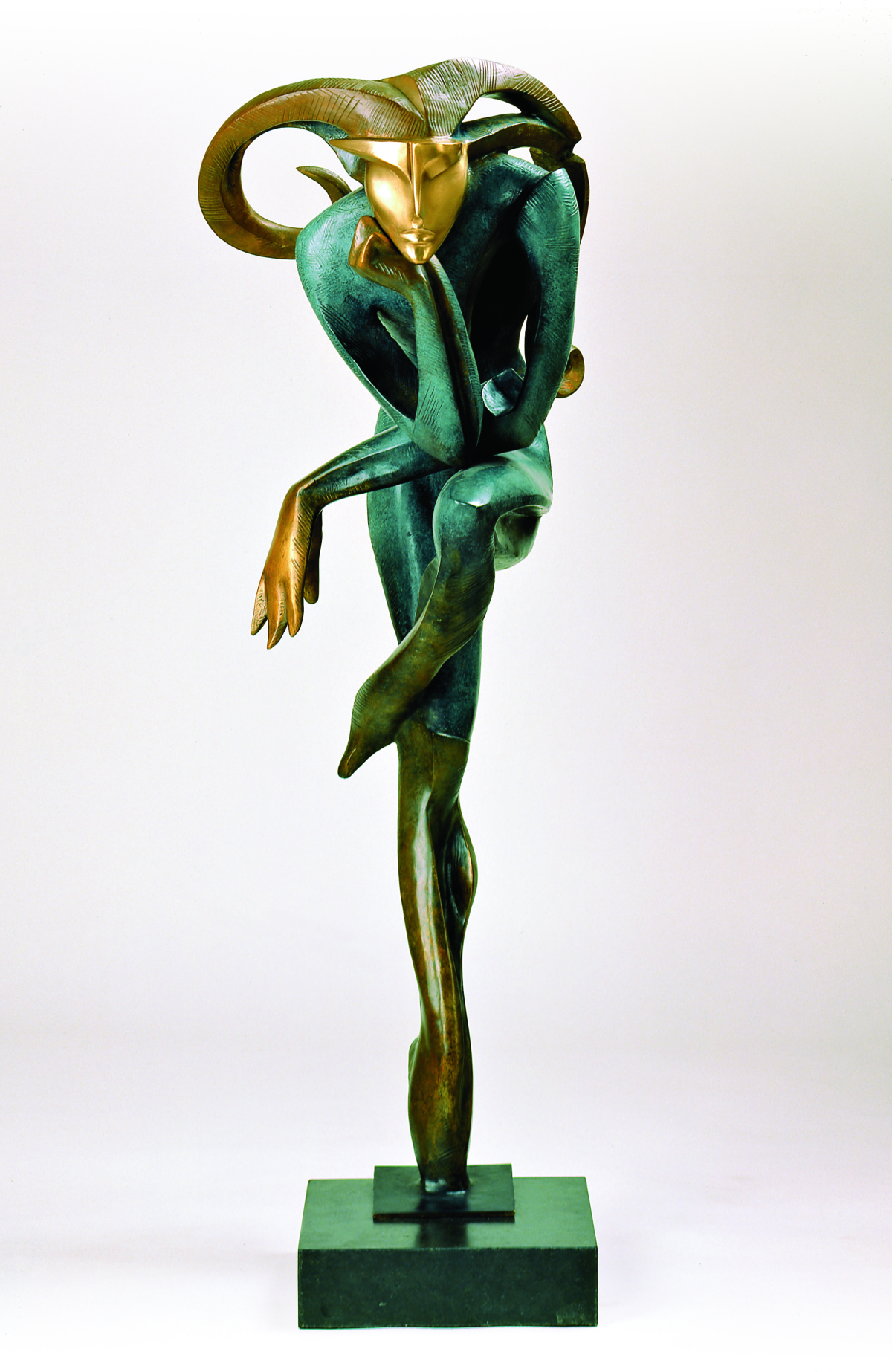
Other art objects of the exhibition also demonstrate their figurative belonging to the world of theater: epic heroes of Sumero-Akkadian myths, embodied in the work of Sergey Kondrashkin; futuristic sculptures of Gleb Kryukov, as if captured in a moment of maximum concentration; sculptures of Aramare Vecchio, refracting the Art Deco style; graceful work of Andrey Belle, allowing to feel the breath of freedom. No less theatrical are the erotic fantasies in the works of French sculptor Albert Avetissian, who links modernity with antiquity as freely as the Belarusian sculptor Andrey Ostashov links the East with the West.
The role of the line in this performance of forms is also emphasized in the paintings, in the relaxedness that allows life to penetrate deep into the canvas, as if bypassing the paint layer. It is not without reason that the linear contours of Sergey Kiselev’s pictorial puzzles can be read as architectural collages, echoed by Romanesque outlines of mirage cities as interpreted by Vitaly Valge.
Diversity of art objects is a fundamental principle of the gallery, which is open to cooperation with representatives of both innovative and traditional creative movements. The main thing that unites them is a clear line of life, enclosed by masters. A line that cannot be faked, but which can be touched, if you just linger a little longer at the sculptures and paintings, born of a time of paradoxical intersections.
Darya Plaxieva
Art historian, curator of the exhibition
